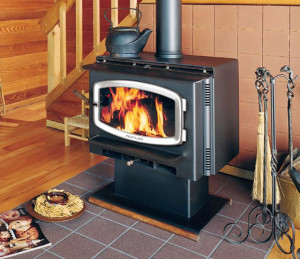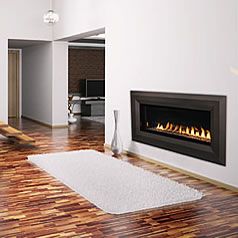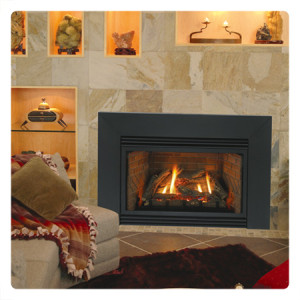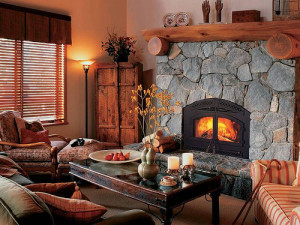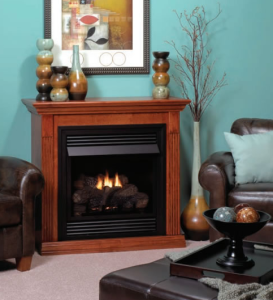 Although millions of American homeowners commonly use vent-free gas logs, there is still some confusion in the marketplace about these products. Even worse, much of this confusion is based on the dissemination of inaccuracies and misconceptions about ventless products. Fine’s Gas would like to address some of these fallacies and provide you with the facts.
Although millions of American homeowners commonly use vent-free gas logs, there is still some confusion in the marketplace about these products. Even worse, much of this confusion is based on the dissemination of inaccuracies and misconceptions about ventless products. Fine’s Gas would like to address some of these fallacies and provide you with the facts.
Myth: Vent-free gas appliances cause health problems.
Fact: While some people may have special sensitivity to various household environmental factors, there are no independent, documented studies that show vent-free products cause illness or negative health effects. On the other hand, a thorough, well-documented independent study has been conducted on the effects of vent-free gas product emissions. The study concluded that vent-free gas logs performed well within all nationally recognized guidelines for indoor air quality.
Myth: Carbon monoxide (CO) emissions from vent-free gas logs may be an issue, especially in households with children, pregnant women, and elderly people.
Fact: The effects of vent-free gas logs emissions on sensitive populations have been tested extensively. Researchers used the recommended maximum levels of CO as set by the Consumer Product Safety Commission (CPSC) with sensitive populations, such as children, pregnant women, and the elderly, as the benchmark. The results of the research proved that vent-free gas heating products performed well within the CPSC guidelines for carbon monoxide and all other indoor air quality guidelines by OSHA, NIOSH and ASHRAE.
Myth: There is no standard that regulates the safety of vent-free logs.
Fact: Vent-free gas logs conform to the national product safety standard, ANSI Z21.11.2. This standard mandates many construction and performance requirements that, among others, include tests for proper combustion under abnormal conditions. All vent-free gas products sold in the U.S. are certified by recognized listing agencies for compliance with this ANSI standard to assure their safety and performance.
Myth: There is nothing to prevent a thrifty homeowner from using ventless gas logs as a sole heat source.
Fact: All major building codes categorize vent-free gas logs for supplemental use and require that a primary source of heat (e.g., a furnace) be present in the home before a ventless product can be installed. It is clearly stated in the operating instructions of every vent-free appliance that they be used only for supplemental heating.
Myth: There are many places where vent-free gas logs are not accepted for use.
Fact: Currently, the vast majority of states in the U.S. allow for the sale and installation of vent-free supplemental gas heat appliances. International Mechanical Code (IMC), the National Fuel Gas Code, and most other codes in the U.S. allow for vent-free appliances. Unfortunately, the Uniform Mechanical Code (UMC) does not permit the use of ventless products; however, many localities are now adopting the IMC over the UMC, and therefore, allowing the use of vent-free products.
Myth: Vent-free gas logs produce too much heat in tightly constructed homes.
Fact: The heat output of properly sized vent-free products can be easily controlled by the homeowner and set to the desired comfort level. However, installers of vent-free gas logs in homes that have extremely tight construction should be sure to follow the manufacturer’s instructions and building code requirements for supplying ventilation and combustion air. In some cases, additional mechanical ventilation may need to be added before installing a vent-free gas heating appliance.
Myth: Ceiling fans should not be installed in rooms with vent-free fireplaces.
Fact: Ceiling fans may be used to help distribute the heat. However, fans should not be allowed to blow directly into the fireplace to avoid any drafts that alter burner flame patterns, which can result in sooting.
Myth: All vent-free appliances have inputs of as much as 40,000 BTU of heat, but most rooms need only 5,000 to 15,000.
Fact: Nearly all ventless gas logs have manual or thermostatic controls that let the homeowner adjust the input rating to the preferred level of heating (e.g., low to high). Vent-free appliances come in a variety of sizes, ranging from inputs of 8,000 BTU to a maximum of 40,000 BTU. Smaller units are available for bathrooms (2,000 to 6,000 BTU) and bedrooms (10,000 BTU). Manufacturers provide clear sizing guidelines with their products.
Have additional questions about vent-free gas logs and fireplaces? View our FAQ pages, or contact our team today!
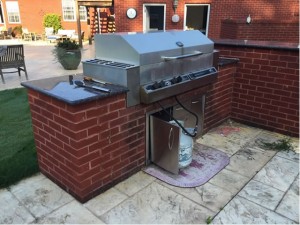
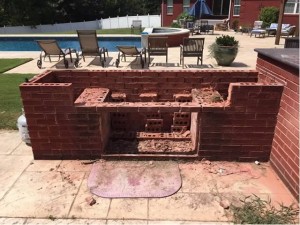
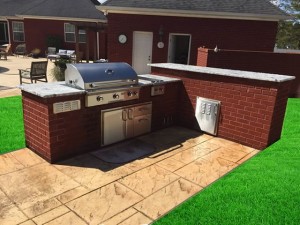
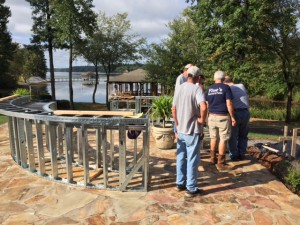
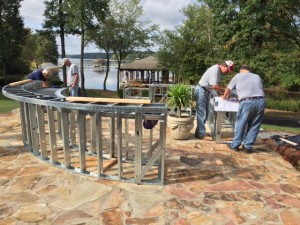
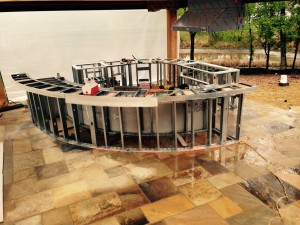
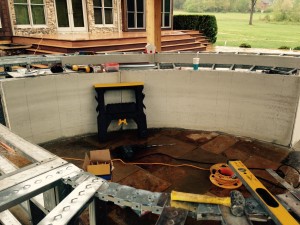
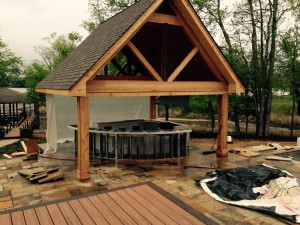
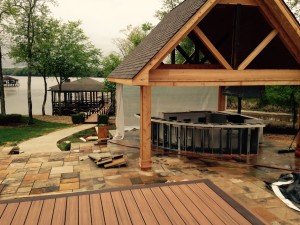
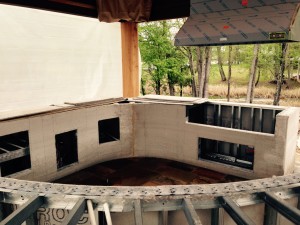
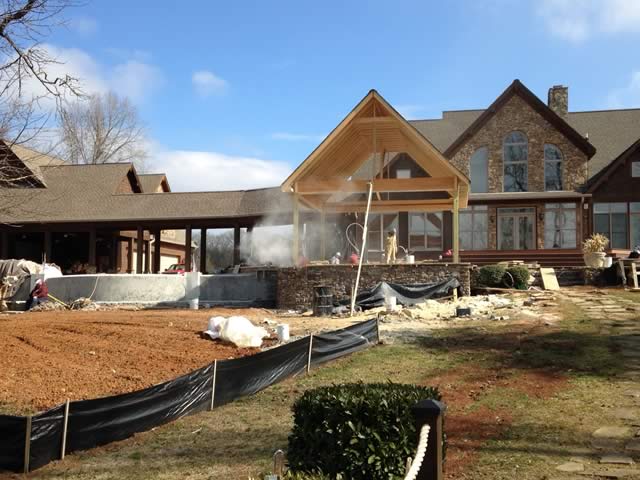
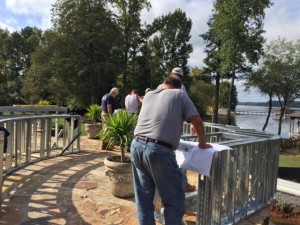
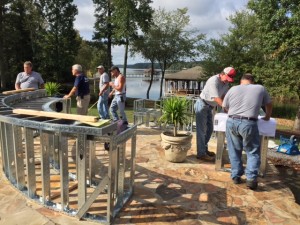
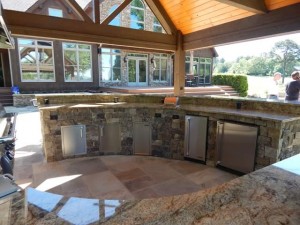
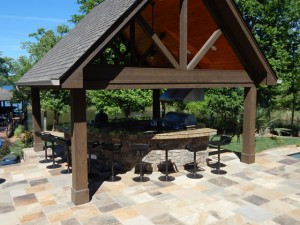
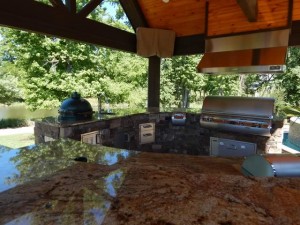
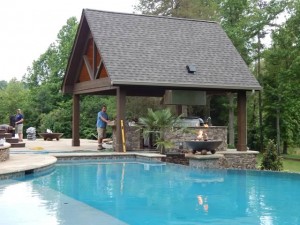
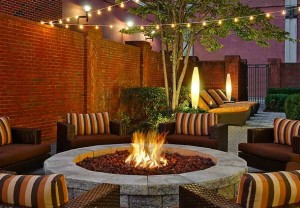
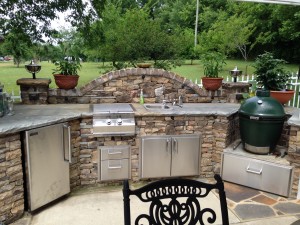
 check out one of our previous blogs, “
check out one of our previous blogs, “